Conflicts are going to come up but being able to effectively handle them will build a healthy work environment
Conflict is an inevitable aspect of human interaction, and the workplace is no exception. A certain level of conflict can even be healthy, encouraging diverse perspectives and innovative solutions. However, when unresolved or mismanaged, conflicts can quickly escalate, leading to decreased productivity, damaged relationships, and a toxic work environment. As HR professionals and managers, mastering the art of conflict resolution is crucial to promoting a healthy workplace where employees can thrive. In this guide, we’ll explore effective strategies to navigate conflict resolution in the workplace.
- Promote Open Communication: Fostering open communication within the organization forms the foundation of conflict resolution. Encourage employees to express their concerns, ideas, and grievances in a respectful and constructive manner. Implementing regular feedback sessions and anonymous suggestion boxes can provide employees with safe avenues to voice their opinions. Actively listen to their concerns and acknowledge their feelings, ensuring they feel valued and heard.
- Identify the Root Cause: When conflicts arise, it's essential to dig deep and identify the root cause. Often, what appears as a surface-level disagreement might be masking underlying issues such as miscommunication, role ambiguity, or personal conflicts. HR professionals should conduct impartial investigations and get to the core of the problem before attempting to resolve it.
- Embrace Mediation: Mediation can be a powerful tool in conflict resolution. Appoint a neutral third party, either from within the organization or an external mediator, to facilitate the discussion between conflicting parties. Mediators can help navigate emotions, keep the conversation on track, and guide individuals towards finding common ground. The goal is to move away from a win-lose mentality and encourage collaborative problem-solving.
- Encourage Emotional Intelligence: Emotional intelligence plays a pivotal role in resolving conflicts effectively. Train employees and managers to recognize and manage their emotions, as well as empathize with others' perspectives. By fostering emotional intelligence, individuals can engage in more productive conversations, showing respect and understanding even during heated moments.
- Set Clear Boundaries and Expectations: Prevention is always better than cure. Establishing clear boundaries and expectations from the outset can minimize the likelihood of conflicts arising. Ensure that job roles, responsibilities, and performance expectations are well-defined and communicated to all employees. This clarity reduces misunderstandings and potential friction points.
- Implement Conflict Resolution Workshops: Organize conflict resolution workshops and training programs for all employees. These sessions can equip individuals with valuable conflict management skills, teaching them effective communication techniques, active listening, and negotiation tactics. By providing employees with the necessary tools to handle conflicts constructively, you empower them to resolve minor issues before they escalate.
- Encourage Collaboration: Promote a culture of collaboration and teamwork within the organization. When employees see each other as allies rather than competitors, they are more likely to work together to resolve conflicts. Foster cross-functional projects and activities that encourage interaction among different teams, enhancing understanding and empathy among colleagues.
Conflict resolution in the workplace is a skill that every HR professional and team leader should master to maintain a healthy and thriving work environment. By promoting open communication, identifying root causes, embracing mediation, encouraging emotional intelligence, setting clear boundaries, and implementing conflict resolution workshops, it paves the way for constructive and amicable resolutions. Remember, a harmonious workplace leads to increased employee satisfaction, higher productivity, and a stronger organization overall.





